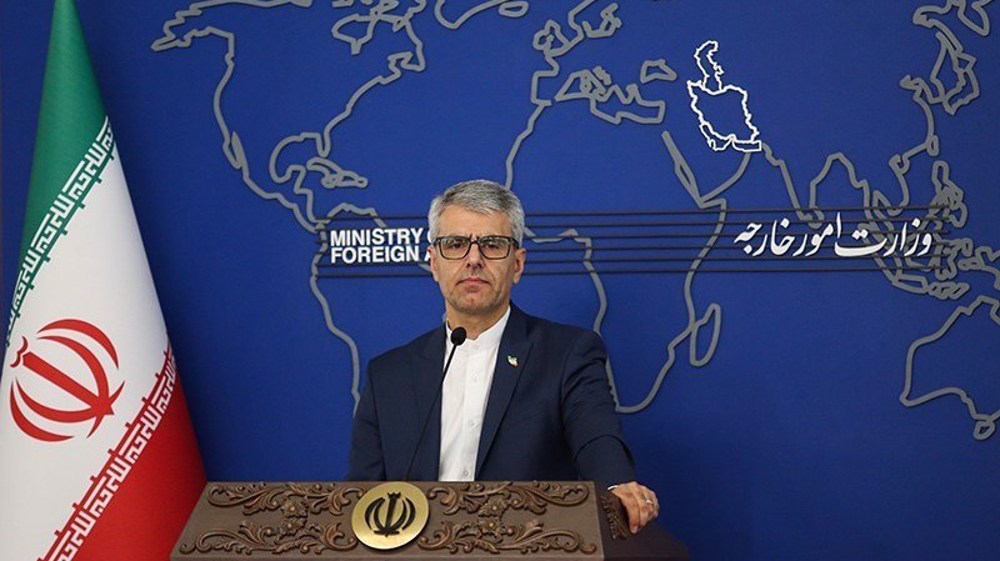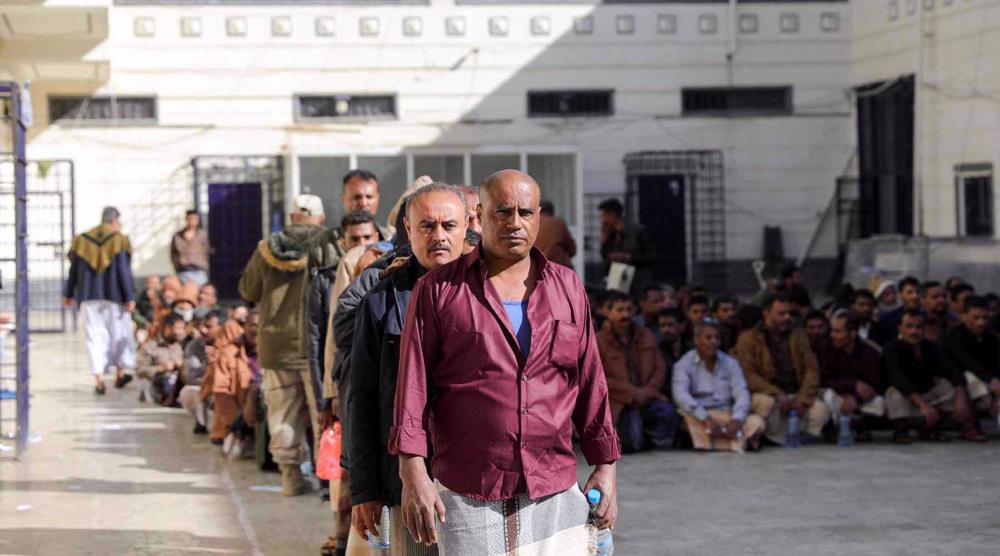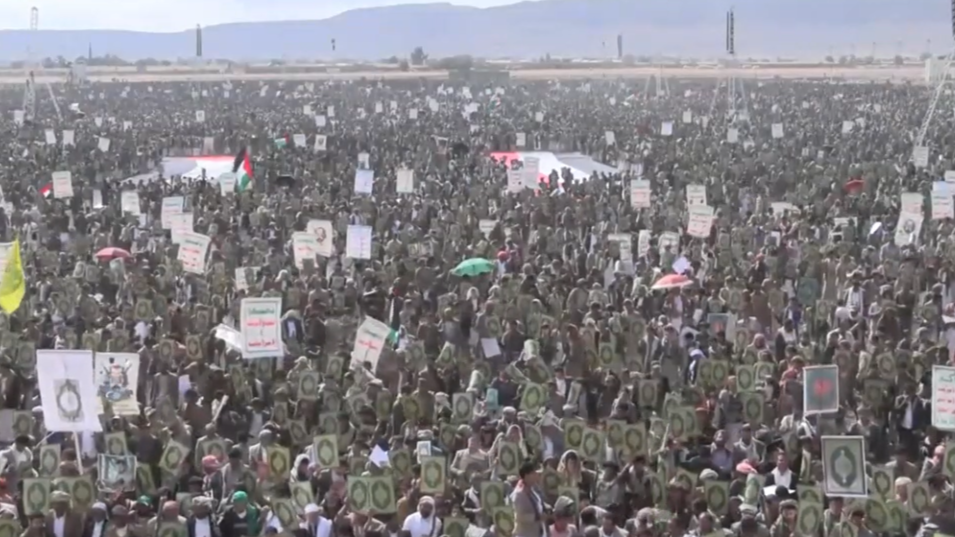US Mideast commander visits Saudi-Yemeni border in media absence
The top US commander for the Middle East has made his first visit to a Saudi military base near the Yemeni border in a tour closed to media representatives.
Gen. Joseph Votel’s Wednesday visit came on the same day that dozens of civilians were killed in the Saudi-led airstrike on a hotel in the Yemeni capital city of Sana’a.
Read more:
According to US Central Command spokesman Col. John Thomas, Votel did not cross into Yemeni territory during the visit, which lasted much of the day, noting that the small group which accompanied him got separated at one point due to logistical problems, including a vehicle breakdown.
Votel’s 600-mile day trip from Riyadh to Saudi Arabia’s southwestern Jizan region was aimed at developing “a better understanding of the Saudi challenges with security [at] the border,” Thomas said.
Journalists traveling with Votel were not allowed to accompany him during the border visit. Officials said there was a lack of seats on the aircraft ferrying Votel to the region.
Votel met with Saudi Arabia’s commanders and troops, including Lt. Gen. Fahd Bin Turki, and visited an operations center.
Yemen has been under regular US drone strikes, with Washington claiming to be targeting al-Qaeda elements, while local sources say civilians have been the main victims of the attacks.
Back in March, US President Donald Trump gave the Central Intelligence Agency (CIA) new powers to launch drone attacks against suspected terrorist targets. The authority was limited to the Pentagon under the former US administration.
The US also conducted deadly ground and aerial raids on Yemen in January and May, leaving dozens of Yemeni civilians dead in total.
Yemen has been under heavy airstrikes by Saudi Arabia and some of its allies, including Egypt, the United Arab Emirates, Bahrain, Kuwait and Jordan, since March 2015.

The deadly aerial assaults are part of a brutal campaign against the Arabian Peninsula country in an attempt to crush the popular Houthi Ansarullah movement and reinstall the resigned president, Abd Rabbuh Mansur Hadi, a staunch ally of Riyadh.
More than 12,000 people have been killed since the onset of the invasion and much of the country's infrastructure has been ravaged in the Saudi airstrikes.
The relentless aerial aggression has put well more than half of all health facilities in Yemen in a state of complete or partial shutdown.
The US and the UK have been providing the bulk of the military ordnance used by Saudi Arabia in the war. London has licensed 3.3 billion pounds worth of weapons since the beginning of the Saudi war on Yemen.
Washington also sealed a multibillion arms deal with Riyadh when US President Donald Trump made his maiden visit abroad in May.
The deal, which is worth $350 billion over 10 years and $110 billion that will take effect immediately, was hailed by the White House as a significant expansion of the security relation between the two countries.
Meanwhile, US lawmakers have pressed for investigations into allegations of US forces’ involvement in rights abuse and torture of detainees by UAE forces in a network of secret jails across Yemen.
Mohammad Bakri, Palestinian director who exposed Jenin massacre, dies at 72
Iran president offers Christmas, New Year greetings to Pope
‘Normalization not in Iraq’s lexicon’: PM Sudani vehemently rejects ties with Israel
Hamas releases Al-Aqsa Flood narrative, says Palestinian resistance ‘cannot be erased’
VIDEO | Press TV's news headlines
Israel targeted radiopharmaceutical facility in first attack on Isfahan: Iran nuclear chief
Israel carries out new strikes across Gaza in latest ceasefire breach
New maps show Israel seized 10% more territory than Gaza’s ‘yellow line’












 This makes it easy to access the Press TV website
This makes it easy to access the Press TV website